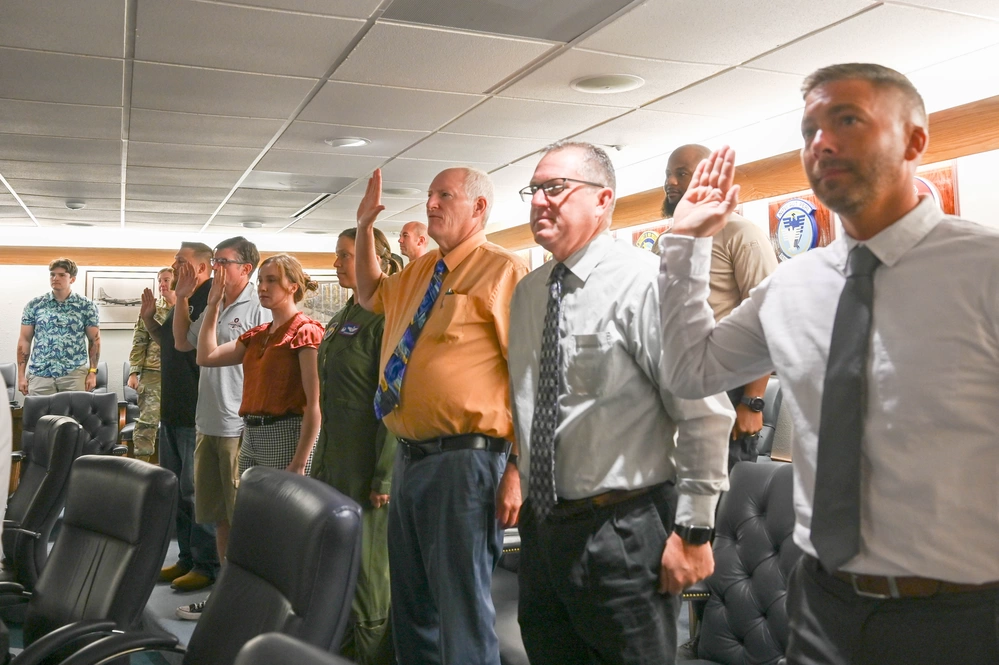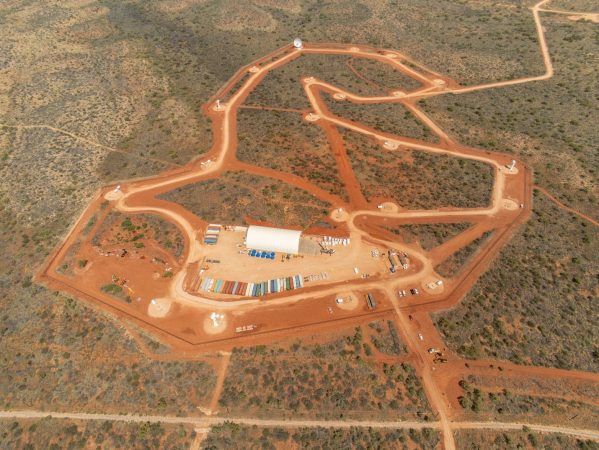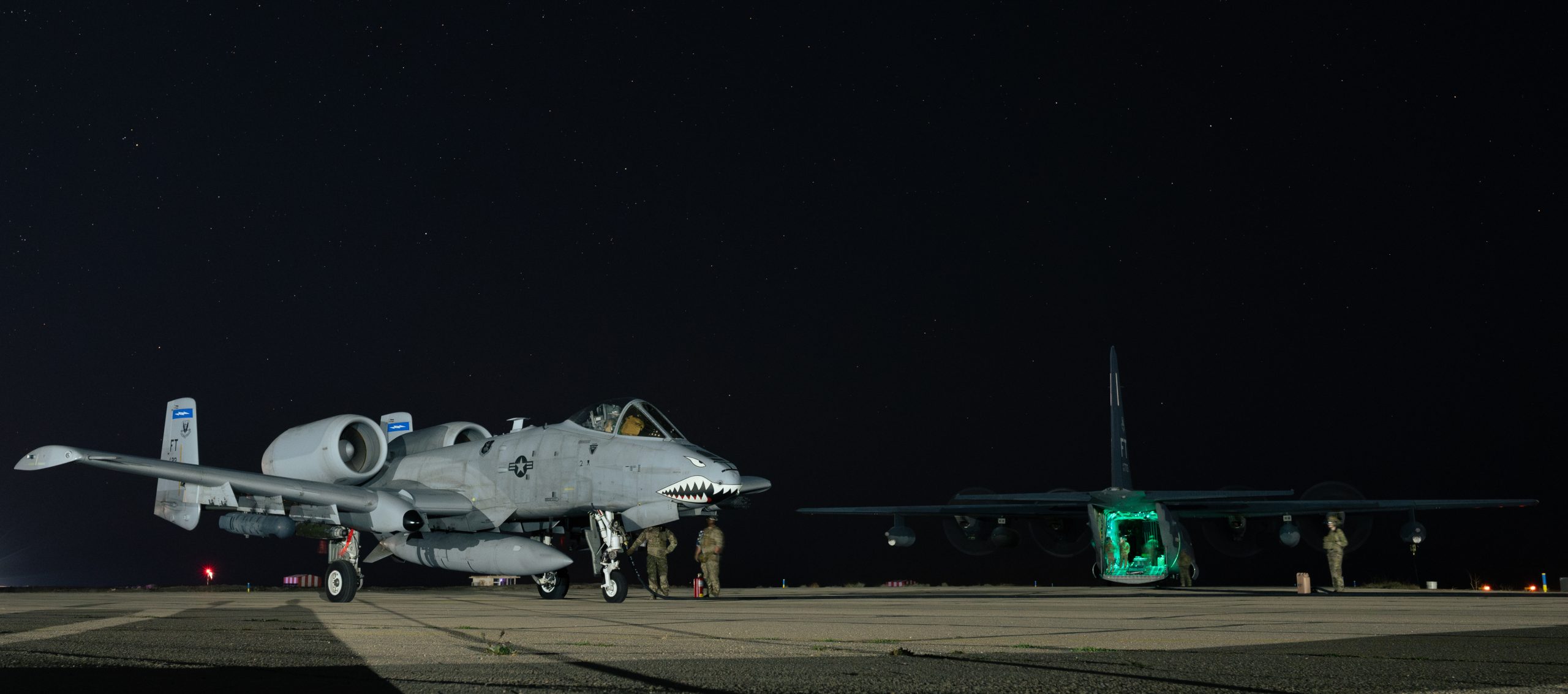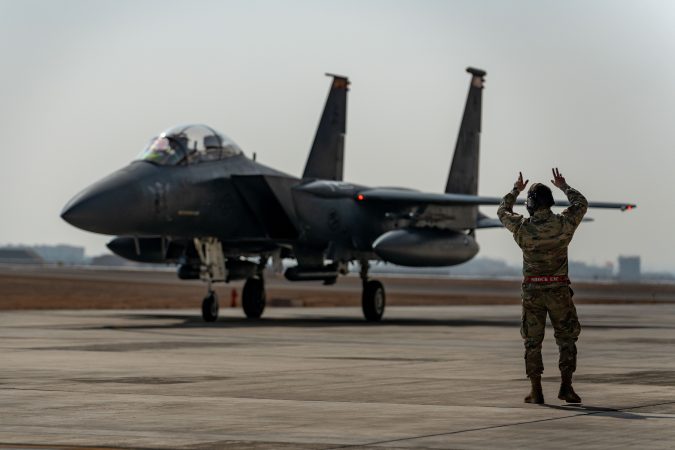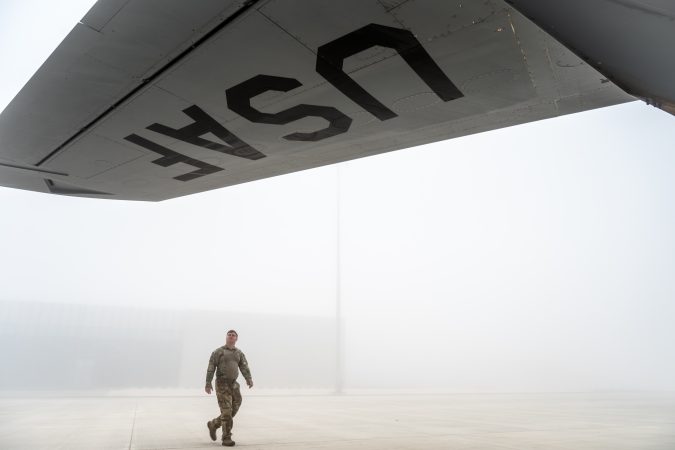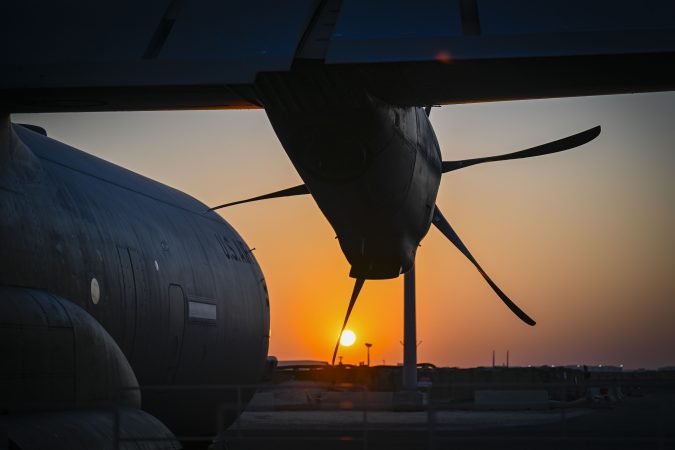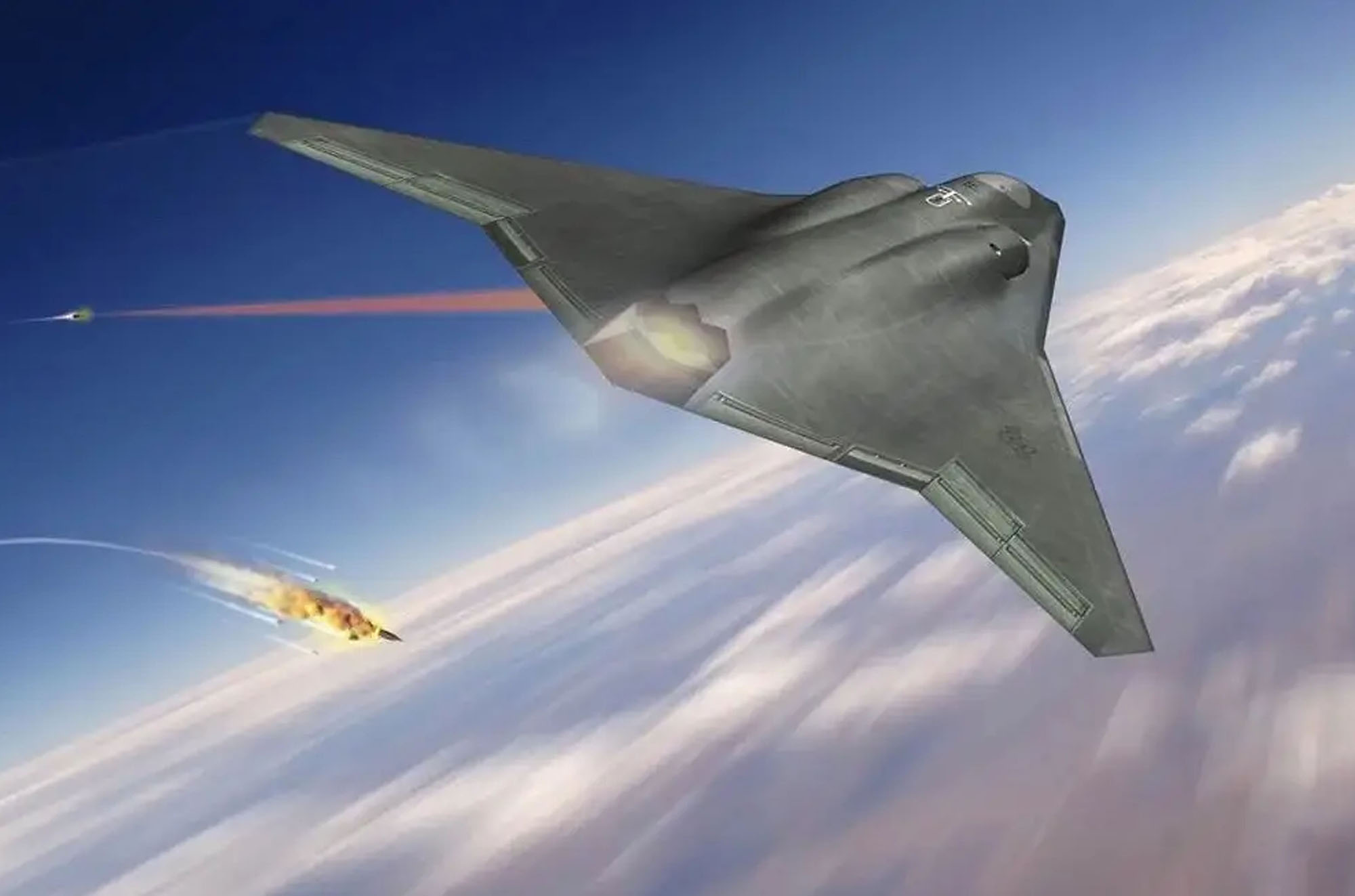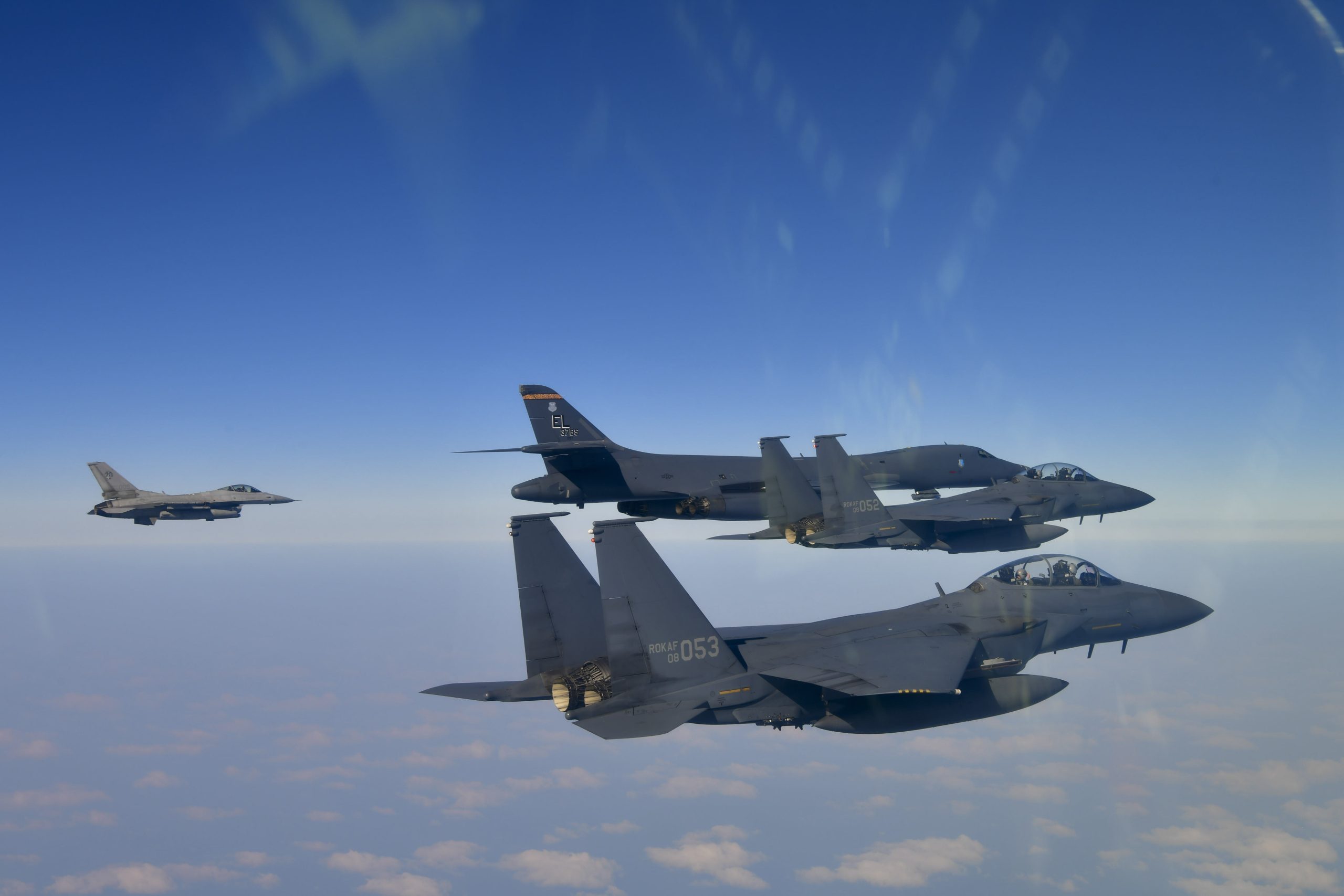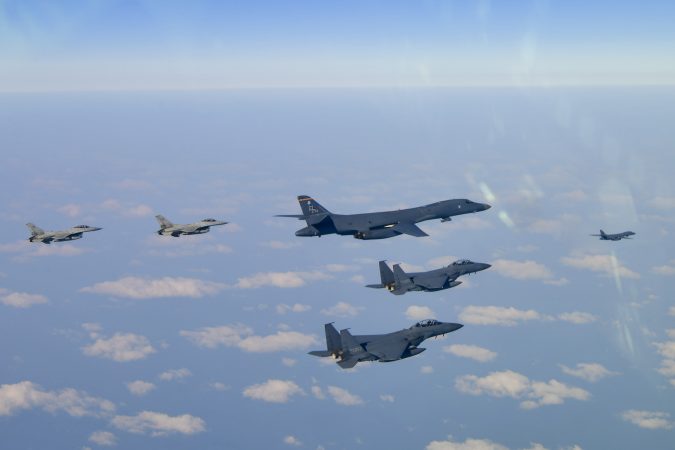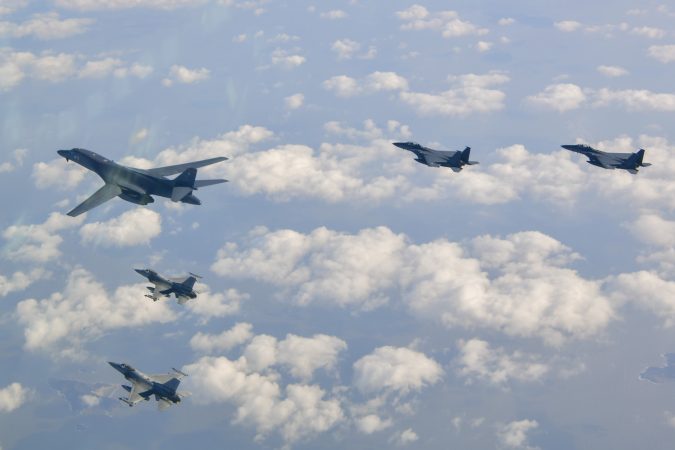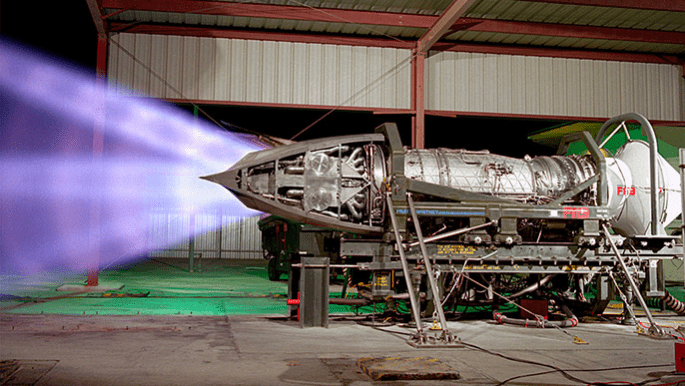The Office of the Secretary of Defense has ambitious goals to reduce the department’s civilian workforce by 5 to 8 percent, but it’s not clear how many of those will be Department of the Air Force employees.
On Feb. 20, Defense Secretary Pete Hegseth released a video statement saying the Pentagon was reevaluating its probationary workforce in line with President Donald Trump’s directives and planned to cut the entire civilian workforce by 5 to 8 percent.
A day later, acting undersecretary of defense for personnel and readiness Darin Selnick released a statement confirming the moves as part of an effort “to reform the Federal workforce.”
Many federal employees serve a probationary period for a year or more during which they have more limited appeal rights if they are fired. Across the federal government, thousands of such employees have been fired in recent days.
But Hegseth and Selnick said the plan is to eventually go beyond probationary employees and reduce the entire Defense Department civilian staff “to produce efficiencies and refocus the Department on the President’s priorities and restoring readiness in the force,” Selnick wrote.
Selnick expects about 5,400 probationary workers will be fired starting this week, followed by a hiring freeze as his staff evaluates their personnel needs. He pledged to “treat our workers with dignity and respect as it always does.”
According to recent data, the Pentagon has some 878,000 civilian employees—a 5 percent cut would equal around 43,900 employees, an 8 percent cut more than 70,000.
It’s not clear yet how many of Air Force employees—probationary or otherwise—may be fired.
“Secretary of Defense Pete Hegseth has indicated that the Pentagon is taking a deliberate, methodical approach to review its workforce and identify positions that may not directly contribute to warfighting success,” an Air Force official told Air & Space Forces Magazine. “There has been no direction to relieve Air Force employees at this time.”
An estimated 190,980 civilians worked for the Department of the Air Force in 2024, though that number was projected to fall to 186,278 in 2025. If the 5-8 percent cut is consistent across military departments, anywhere between 9,300 and 14,000 employees could be cut over time.
The Department of the Air Force did not respond to specific queries about its number of probationary employees and what areas of the workforce may see layoffs.
Civilians perform a range of tasks that reduce the workload for uniformed employees, from providing treatment in medical facilities to administrating military courts to supporting aircraft maintenance shops. Civilians also play a key role in the department’s intelligence and cyber workforce, with the Pentagon trumpeting its faster hiring time just last year.
One senior noncommissioned officer in aircraft maintenance said the number of civilian staff is already smaller today than what it used to be.
“Earlier in my career there were many more civilian positions that would do things like hazardous materials program managers, deployment managers, supply positions, and other support roles,” the NCO told Air & Space Forces Magazine on the condition of anonymity. “Those civilian positions have decreased over time and have been filled by Airmen who are supposed to be maintainers but have instead filled those supporting roles.”
A union of federal employees, including 250,000 defense employees, voiced their opposition to the planned cuts.
“They are tank and aircraft mechanics, commissary workers, ship inspectors,” American Federation of Government Employees National President Everett Kelley said in a Feb. 21 statement. “Cutting their jobs would push their work onto Soldiers, taking them away from their critical warfighting missions.”
U.S. law states the defense secretary may not reduce the full-time civilian workforce without “an appropriate analysis” of the reduction’s impact on workload, force structure, readiness, and other factors. Kelley said it was “clear that this analysis has not taken place.”
